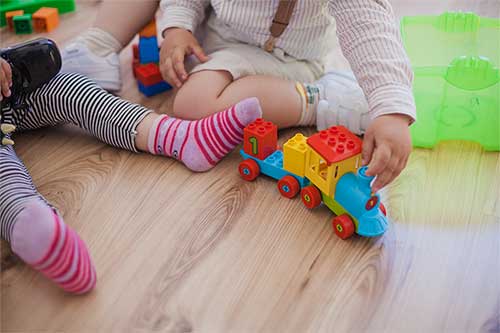How much does the private nursery fee cost: the Altroconsumo study
Parents who are looking for a daycare center know how difficult it is to find free places in public kindergartens and how one of the ever-present issues is the cost of private kindergartens. This year, then, a study by Altroconsumo found that a part of the private nurseries chose to further increase the fee (although 7% of the structures interviewed instead claimed to have lowered it). On the Altroconsumo website it is explained that the investigation, conducted in October 2020, involved 214 private nursery schools: 151 in Milan, 9 in Bari, 17 in Reggio Calabria, 30 in Padua, 7 in Pescara. Only 145 structures responded to the request and, of these, as many as 43% admitted that they had to opt for an increase due to the closure faced during the lockdown and the changes made to the structure itself, so that it was in compliance with the rules contained in the government guidelines; among these, the arrangement of spaces, the hiring of new educators and service personnel, the need to reduce the number of children hosted.
Half of the nursery schools opted for an average increase of 6%, 36 euros more per month per child , compared to the data that Altroconsumo had collected the previous year.
Fee for nursery school: the geographical differences
Beyond the increases, the differences between the various cities remain: Milan, where the average increase was 3%, is the most expensive for those with a high ISEE , but remains cheap for the lowest incomes; Pescara and Padua are the most expensive cities for low incomes , while the municipal nurseries of Reggio Calabria are the least expensive for all income brackets. Another important point, on which we advise parents to pay attention, are any new rules on the payment of tuition fees, which after the closure last spring aim to better protect the structure.
The numbers on which Altroconsumo structured the survey were not particularly high and therefore could be unrepresentative compared to the national panorama, but they are certainly a signal not to be overlooked, since it underlines how much the educational sector is suffering and feels the need for new help.
The percentage of places covered by resident children (up to 2 years of age) went from 24.7% in the 2017/2018 educational year to 25.5%. Despite the signs of improvement, the offer is confirmed below the 33% parameter set by the EU.
Read the full article on Altroconsumo.it
You may also be interested in:
by Lucia Modici | Taken from Being Born a Mom



